MIT Technology review recently selected 35 young scientists who made outstanding contributions to the progress of science and technology under 35 years of age in 2016. This is the 16th time that MIT Technology review has conducted such a selection. Their research areas include medical, renewable energy, computer science, and other aspects. The AI ​​science and technology review selected 5 inventors who are closely related to AI. Show everyone their achievements and beliefs.
Dinesh Bharadia 28 years oldCurrently serving: MIT CSAIL Laboratory
A seemingly impossible radio design has doubled the data transmission capabilities of wireless devices.
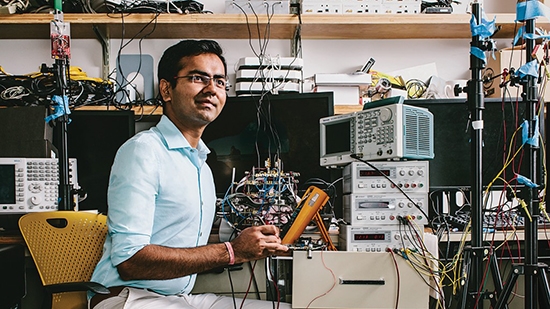
Dinesh Bharadia invented a communication technology that everyone said could not be realized: He found a way to simultaneously send and receive data on the same frequency.
Because the signal strength broadcasted from a device may be 100 billion times that of the received signal, almost no one will suspect that the transmitted signal will completely submerge the received signal. So radios usually send and receive data on different frequencies, or switch quickly between receiving and sending data. "Even textbooks have already determined that this is impossible," Bharadia said.
Bharadia invented a set of hardware and software that could selectively avoid overly strong signal transmissions so that the device could successfully decode the received information. This created the first full-duplex radio device. This technology could eventually be applied to mobile phones. It should be possible to double the available bandwidth of wireless communications simply through two-way use. This is a natural sound for telecommunications companies and consumers.
Bharadia temporarily dropped out of his doctoral training at Stanford to be able to apply the technology industrially at Kumu Networks (operator name). The German telecom company Deutsche Telekom began testing this technology last year, but because the circuit board of Bharadia's prototype was too large to fit into the phone, engineers first needed to find ways to make it smaller.
Oriol Vinyals 33 years oldCurrently serving: Google DeepMind
In fact, teaching computers to play games is also a very serious matter.
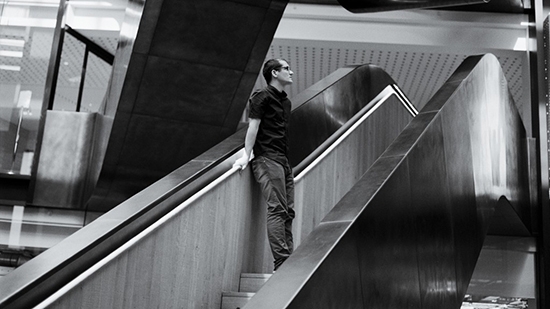
When Oriol Vinyals was 15 years old, he was addicted to StarCraft, a computer game that competed for control of maps between three different races, like a chessboard where both sides are acting at once. Vinyals soon became the top player in Spain to play this game. "I had a feeling then that this game would reappear in my life," he said. "I was fascinated by the potential it has shown in the field of artificial intelligence."
It has been more than a decade since Vinyals’ premonition became a reality. When studying at UC Berkeley, he helped design an AI program called "master (a boss character in a game story)" that could play Starcraft without human intervention. This program marks machine learning. A victory.
However, when he was engaged in the development of machine translation technology in Google's AI team, he felt that he was no longer rich in inspiration. He decided to try out how he could tell the computer how to accurately describe a picture. This is also a translation, it is only translated from pixels to text. "I remember very clearly." He said, "I changed the code of my program: the original input would be a period of time, and I changed its input source to an image." The next day, Vinyls A picture of a busy bazaar was seen in his program. Many bananas were scattered on the ground next to him. The result given by the computer is: "A group of people standing in the market are buying fruit." “It was a success!†he recalled. “This program not only saw people “in the street,†it also read more complex information in the picture. This technology is now integrated into Google’s image search function. Allows the computer to read the picture and show people where it is related to the search content
Vinyals and his colleagues have also developed a technology called Smart Reply for Google Gmail that automatically suggests appropriate phrases when replying to short messages. Now, after joining Google DeepMind in London, he started doing what he had originally done. He is currently developing a computer program that can teach himself to play and learn to win in complex games. Instead of relying on manual programming, you write code that allows them to learn from their own experience.
Gu Jiawei is 30 years oldCurrent job: Baidu
AI experts, interactive interface designers, are dedicated to making technical help rather than disturbing our lives.
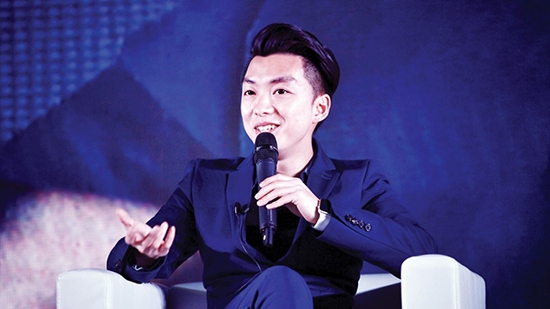
When we met in a café in Beijing's 798 Art District, China, Gu Jiawei closed the WeChat notification push on her mobile phone. He quickly glanced at the screen and had more than 17,000 unread messages on it. . He said that the way we interact with information has become fragmented. "I don't want to be slaves who represent the buzz of notifications," he explained.
Jia Wei is a research and development engineer at Baidu. His job is to design a better human-computer interaction model. For example, DuLight, an AI interface for blind or visually impaired people, is installed on the user's earphone or mobile phone and can scan coins, train schedules, labels on boxes, or similar things. camera. Using a processor on the handset and a deep learning algorithm, it can determine the name of these things and convert it into the voice that the user can hear from the headset. Jia Wei said, "Face recognition technology is also a very good application."
Jia Wei’s expectation for the future is that people can truly enjoy the benefits of technology. Instead of being bound by various kinds of notices, he said, "I hope to bring people back to the feeling of an unplugged era."
Maithilee Kunda 32 years oldCurrently serving: University of Tennessee, USA
Those suffering from autism brought her inspiration for the study of artificial intelligence.
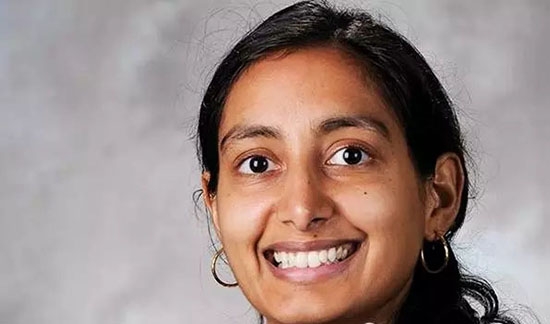
“My research started in graduate school. I was working in an artificial intelligence research system and I read about zoologist Temple Grandin telling how her autism gave her a unique look compared to most people. The book "Thinking in pictures" by visually thinking about the world
"I thought it was interesting: Most AI systems are not 'visual thinkers' like her. Most AI operations rely on variables, numbers, lists, etc., and then make inferences through mathematical and logical actions. " These systems are all "language thinkers." What happens if you create an AI that uses image and visual information solely for data reading and reasoning, such as rotating pictures or bringing together pictures? If Temple Grandin can rely on her visual thinking ability to do such a great thing, then I believe AI can do the same. I integrated the interesting visual capabilities we learned from people with autism into the AI ​​system. It is still somewhat early to do these things now, but I believe that these things will eventually be very valuable.
If we want to help students learn how to solve difficult problems, we should give students some AI training and show them different ways to solve the same problem. If we want to help doctors find patterns of disease outbreaks, we should use multiple AI analysis systems to analyze data in detail from various angles using multiple discovery models.
Cao Qing 32 years oldCurrently serving: IBM Research
His research helped IBM advance a lot in the exploration of using more efficient carbon nano-transistors to replace silicon-based transistors for more than a decade.
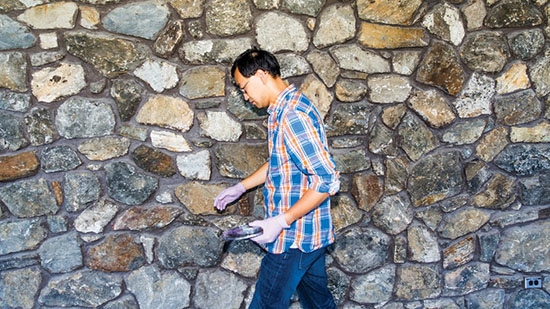
2001
IBM researchers invented a method for producing carbon-carbon nano-transistor arrays.
2002
IBM researchers found that carbon nano-transistors can withstand up to 2 times the current best-performing silicon-based transistor prototype. This is considered to be the first evidence that the performance of carbon nano-transistors is better than that of silicon-based transistors.
2006
The first integrated circuit using a single carbon-carbon nanotransistor was manufactured by IBM.
2008
When he was studying for a doctorate at the University of Illinois, Cao Qing invented a method to etch carbon nanotube circuits on flexible plastic substrates.
2013
In IBM, Cao Qing invented a method to use mechanical force to purify high-precision, aligned carbon nanotube arrays in water.
2015
Cao overcame a fundamental obstacle to the commercial application of carbon nano-transistors. He discovered a method of attaching metal wires to carbon nanotubes by soldering metal atoms to the ends of the carbon nanotubes.
2016
IBM integrated carbon-carbon nanotubes into its in-house semiconductor research program to study how to improve and expand the application of this technology.
2020–2025
IBM hopes to fully replace the silicon-based transistors in its products with carbon nano-transistors during this time. IBM estimates that the performance of carbon nano-transistors will be two to three times that of silicon-based transistors, and that energy consumption will only be half that.
ConclusionThe research project of Cao Qinghe and Dinesh Bharadia does not seem to have anything to do with AI, but let's not forget that AI is never a technology that can drive its progress solely by algorithms or any single area. The development and progress of AI requires the comprehensive development of algorithms, interactions, hardware, neuroscience, and even social ethics. In the future of IoE, Dinesh Bharadia's research will undoubtedly make the exchange and sharing of learning data between AI faster and more reliable. The advancement in the field of hardware that Cao Qing brings is more direct--knows that the rise of deep learning is largely responsible for the blessing of the skyrocketing hardware computing power. It is with the tireless efforts of these scientists that those people who have made outstanding contributions to the development of AI, whether they are on the list or have not been on this list, we can be in the heart of that ideal. "On the road, step by step but slowly and firmly forward, and let us here, express sincere admiration and support for the contributions of these scientists.
The title map comes from Getty images